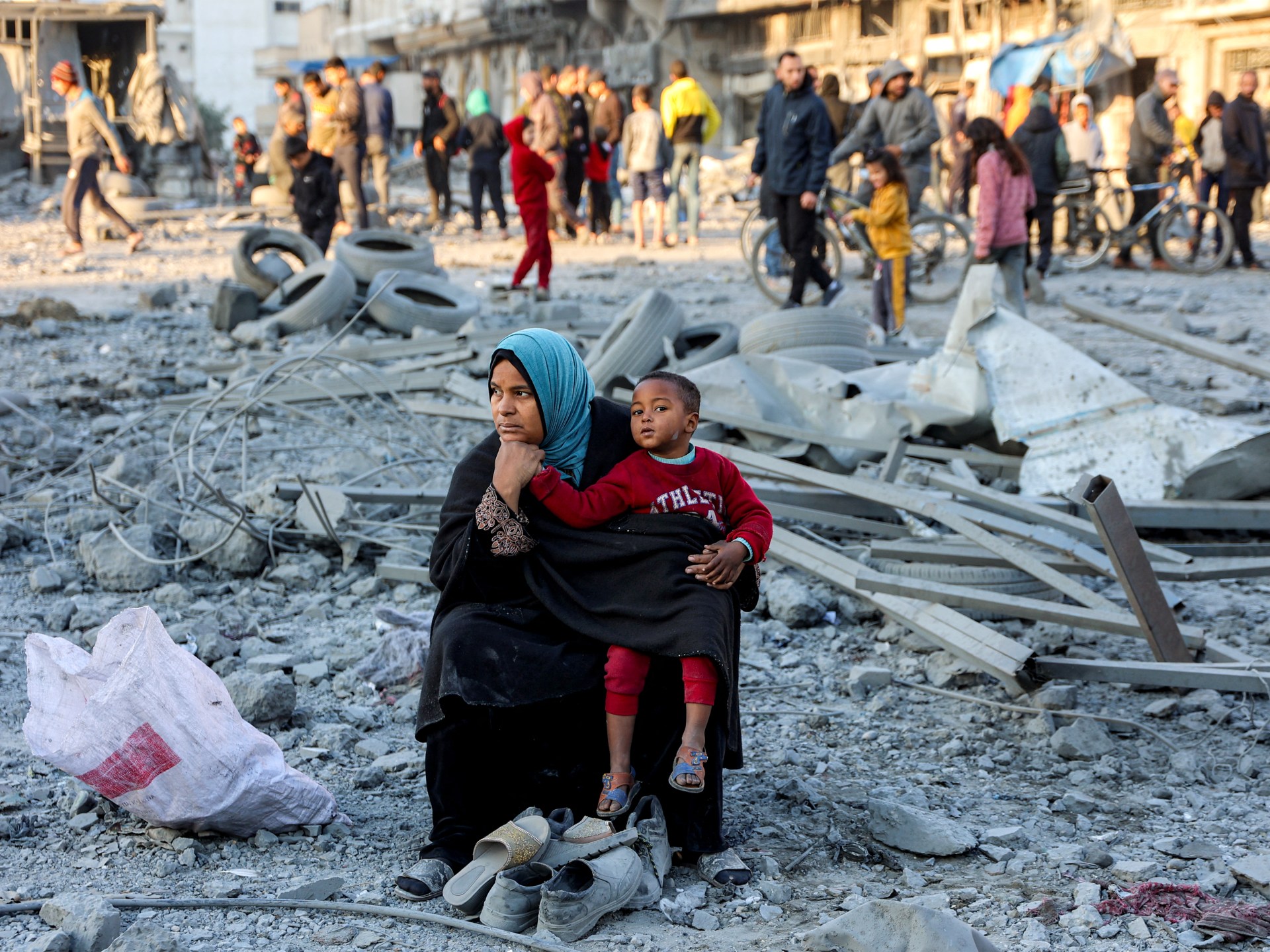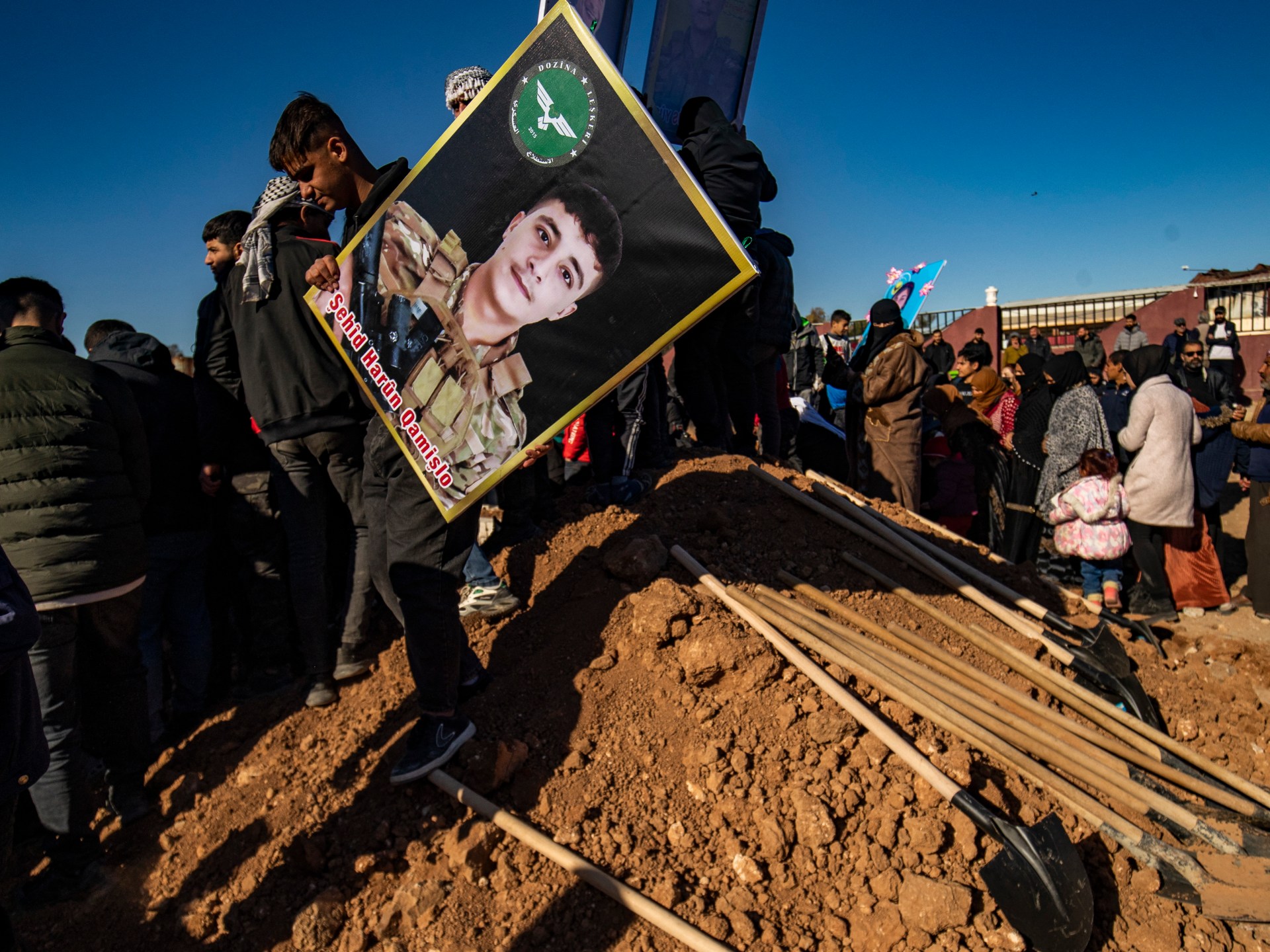

The Palestinian group Hamas has agreed to a ceasefire deal with Israel after more than 460 days of a war that has devastated Gaza.
Israel has killed more than 46,000 Palestinians since its war on the enclave began in October 2023. It has yet to officially respond to the deal, but a government vote is expected on Thursday, and US President-elect Donald Trump has announced that a deal has been agreed upon.
The reported deal includes a temporary ceasefire that will, for now, bring to an end the destruction visited upon Gaza, as well as the release of captives held in Gaza and many of the prisoners held by Israel. The deal will also, finally, allow displaced Palestinians to return to their homes – though after Israel’s deliberate destruction campaign, many homes no longer remain.
The text of the deal has not been officially released yet, but this is what we know so far, based on reports from Al Jazeera Arabic and the Reuters and Associated Press news agencies.
The first phase
The initial phase will last six weeks, and will involve a limited prisoner exchange, the partial withdrawal of Israeli troops in Gaza and a surge of aid into the enclave.
Advertisement
Thirty-three Israeli captives, including women, children and civilians over the age of 50 – taken during the Hamas-led attack on southern Israel on October 7, 2023 – will be released. In exchange, Israel will release about 2000 Palestinian prisoners during this phase, including 250 prisoners serving life sentences. Among the Palestinians being released are around 1000 who were detained after October 7.
In tandem with the exchange of captives, Israel will withdraw its forces from Gaza’s population centres to areas no more than 700 metres inside Gaza’s border with Israel. However, that may exclude the Netzarim Corridor, the militarised belt bisecting the Strip and controlling movement along it – the withdrawal from Netzarim is expected instead to take place in stages.
Israel will allow civilians to return to their homes in the enclave’s besieged north, where aid agencies warn famine may have taken hold, and allow a surge of aid into the enclave – up to 600 trucks per day.
Israel will also allow wounded Palestinians to leave the Gaza Strip for treatment, and open the Rafah crossing with Egypt seven days after the start of the implementation of the first phase.
Israeli forces will reduce their presence in the Philadelphi Corridor, the border area between Egypt and Gaza, and then withdraw completely in later stages.
What happens after the first phase?
Details of the second and third phases, though understood to be agreed to in principle, are to be negotiated during the first phase.
Advertisement
Critically, Israel has insisted that no written guarantees be given to rule out a resumption of its attacks once the first phase is complete and its civilian captives returned.
However, according to an Egyptian source cited by the Associated Press news agency, the three mediators involved in the talks – Egypt, Qatar and the United States – have given Hamas verbal guarantees that negotiations will continue and that all three would press for a deal that would see the second and third stages implemented before an initial six-week window has elapsed.
What is planned for the second phase?
If Israel determines that the conditions have been met for a second phase, Hamas will release all the remaining living captives, mostly male soldiers, in return for the freeing of more Palestinians held in the Israeli prison system. In addition, according to the current document, Israel would initiate its “complete withdrawal” from Gaza.
However, these conditions, which have yet to be voted upon by the Israeli cabinet, are at odds with the stated positions of many of the far-right wing members of Israeli Prime Minister Benjamin Netayahu’s cabinet, which he relies upon for support, as well as Netanyahu’s own past positions, in which he has repeatedly used the presence of Hamas in Gaza to prolong the conflict.
The third phase
The details of a third phase remain unclear.
According to the draft, should the conditions of the second stage be met, the third will see the bodies of the remaining captives handed over in return for a three- to five-year reconstruction plan to be conducted under international supervision.
Advertisement
There is currently no agreement over who will administer Gaza beyond the ceasefire. The United States has pressed for a reformed version of the Palestinian Authority to do so.
US Secretary of State Antony Blinken on Tuesday said the post-war reconstruction and governance envisions the Palestinian Authority inviting “international partners” to stand up an interim governing authority to run critical services and oversee the territory.
Other partners, notably Arab states, would provide forces to ensure security in the short term, he said in a speech at the Atlantic Council, a Washington-based think tank.
For such a plan to work, it would need the support of Arab states, including Saudi Arabia, which have said they would only support the scheme if there is a pathway to Palestinian statehood. This provides another point of contention for Israeli lawmakers, despite Israel having agreed to a two-state solution in the Oslo Accords of the 1990s.
Israel has yet to suggest an alternative form of governance in Gaza.
Related News

Turkiye refutes US claims of ceasefire with Syrian Kurdish fighters

Thousands march in Bangladesh calling for prosecution of overthrown PM

US releases Guantanamo Bay detainee Bajabu to Kenya


